Torch Coral Care Guide – Care, Feeding & Lighting Tips
Introduction
Torch corals (Euphyllia glabrescens) are among the most popular LPS corals in the reef hobby, valued for their long, flowing tentacles and vibrant colors. Their swaying movement under aquarium currents creates a dramatic, centerpiece effect that few other corals can match. With proper lighting, flow, and feeding, torch corals can thrive and develop into large, branching colonies.
Scientific Name & Identification
Torch corals belong to the family Euphylliidae and are easily distinguished from other Euphyllia species (Hammer, Frogspawn, and Octospawn) by their long, singular tentacles with brightly colored tips. Unlike the clustered or hammer-shaped polyps of their relatives, Torch corals have more elongated tentacles that create a “flame-like” effect in the water.
Natural Habitat
Torch corals are native to the Indo-Pacific, especially around Fiji, Indonesia, and Australia. They typically grow on reef slopes and lagoons where they receive moderate flow and diffuse sunlight, allowing their tentacles to extend fully without being battered by strong currents.
Aquarium Care & Setup
Temperature: 74–80°F (23–27°C)
pH: 8.1–8.4
Salinity: 1.024–1.026
Flow: Moderate, with gentle, consistent currents that keep tentacles moving freely
Lighting: Moderate to high (75–150 PAR). Direct intense light should be avoided to prevent bleaching
Placement: Rockwork or sandbed with generous spacing—torch corals extend long sweeper tentacles that can sting corals up to several inches away
Feeding Torch Corals
While torch corals receive energy from photosynthesis via their symbiotic zooxanthellae, they also benefit from supplemental feeding. Target feeding with small meaty foods such as mysis shrimp, brine shrimp, or coral-specific pellets 1–3 times per week enhances growth, coloration, and polyp extension.
Growth and Behavior
Torch corals grow in branching formations, with each branch supporting a head of long, flowing tentacles. They expand dramatically during the day and night, waving gracefully with the current. Growth is slow to moderate but steady under stable tank conditions.
Torch corals are aggressive compared to other Euphyllia. Their sweeper tentacles can reach several inches, making them capable of stinging and damaging neighboring corals. Proper spacing is essential. Care should be taken when handling torch corals, as their sting is potent enough to cause pain and swelling if their tentacle touches an open wound or sensitive area.
Tankmates
Torch corals are compatible with most peaceful reef fish and invertebrates. However, avoid aggressive coral species or fish that may nip at their tentacles. Ideal tankmates include clownfish (which may host in torch corals), tangs, gobies, cleaner shrimp, and snails.
FAQs about Torch Corals
Are Torch corals easy to keep?
Moderately hardy, but require stable conditions and careful placement due to aggressive sweeper tentacles.
Do Torch corals need to be fed?
No, however occasional target feeding improves growth, coloration, and polyp extension.
What lighting do Torch corals need?
Moderate to high lighting (75–150 PAR). Avoid placing them directly under intense light.
Where should I place Torch corals in my tank?
On rockwork or sandbed with moderate flow and space around colonies to prevent stings.
Will Torch corals sting other corals?
Yes, Torch corals are aggressive and extend long sweeper tentacles at night. They may also sting humans if their tentacles touch a sensitive area of skin.
How fast do Torch corals grow?
Growth is slow to moderate. With stable conditions and feeding, colonies gradually form large, branching clusters.
Conclusion
Torch corals (Euphyllia glabrescens) are among the most striking LPS corals available, with long, flowing tentacles that add color, movement, and drama to any reef aquarium. With moderate lighting, careful placement, stable water conditions, and supplemental feeding, torch corals thrive and grow into impressive centerpiece colonies.
Shop Torch Corals.


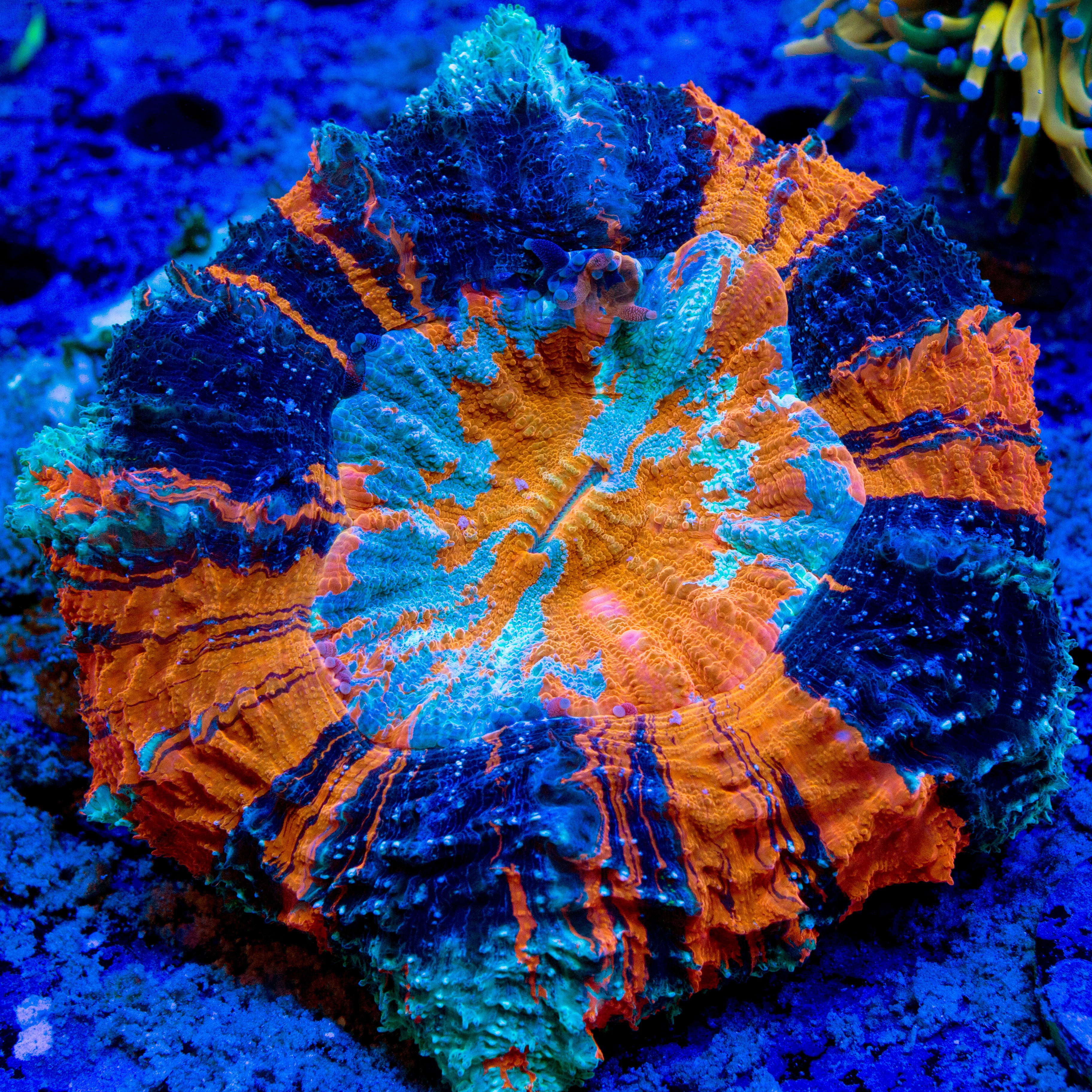
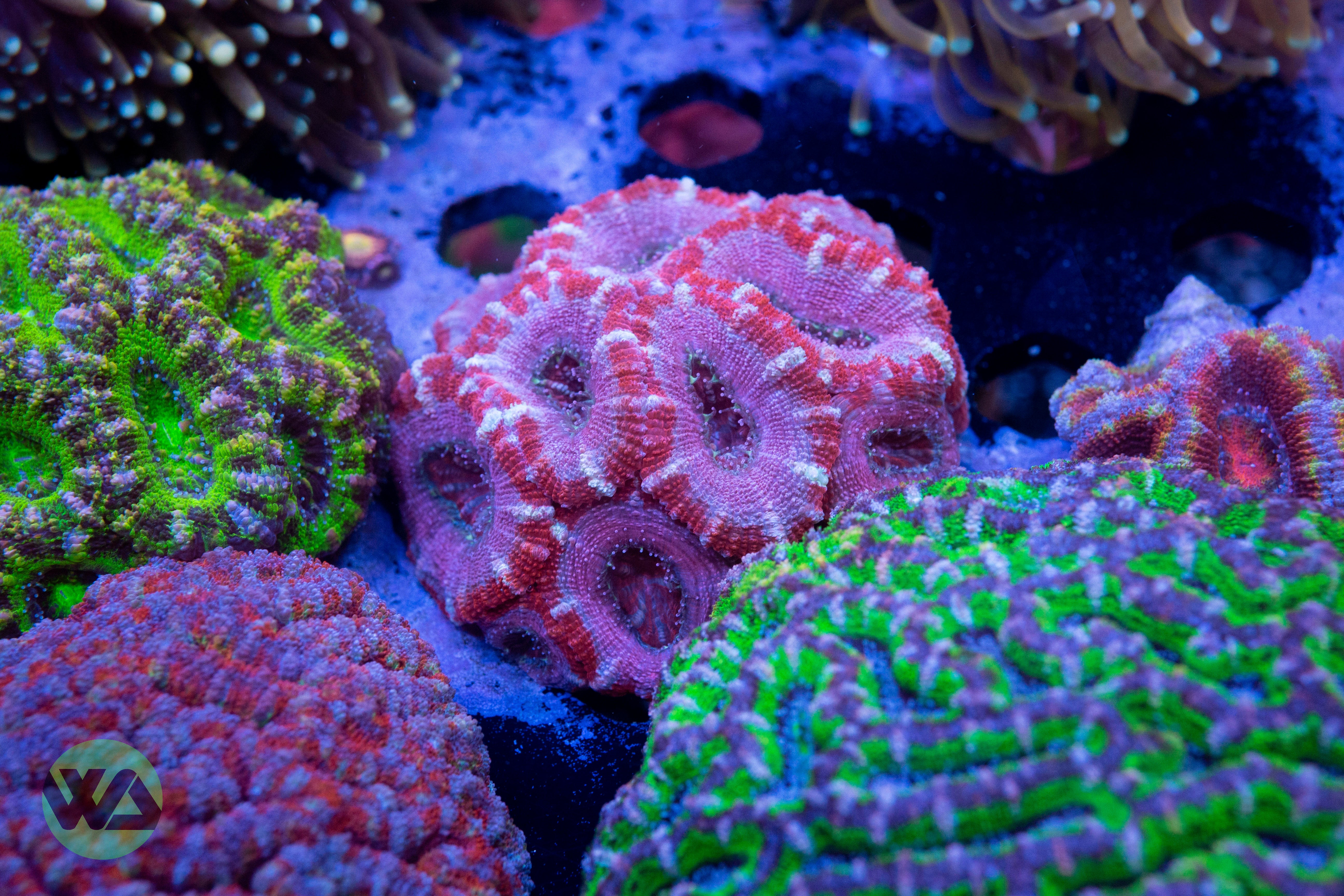
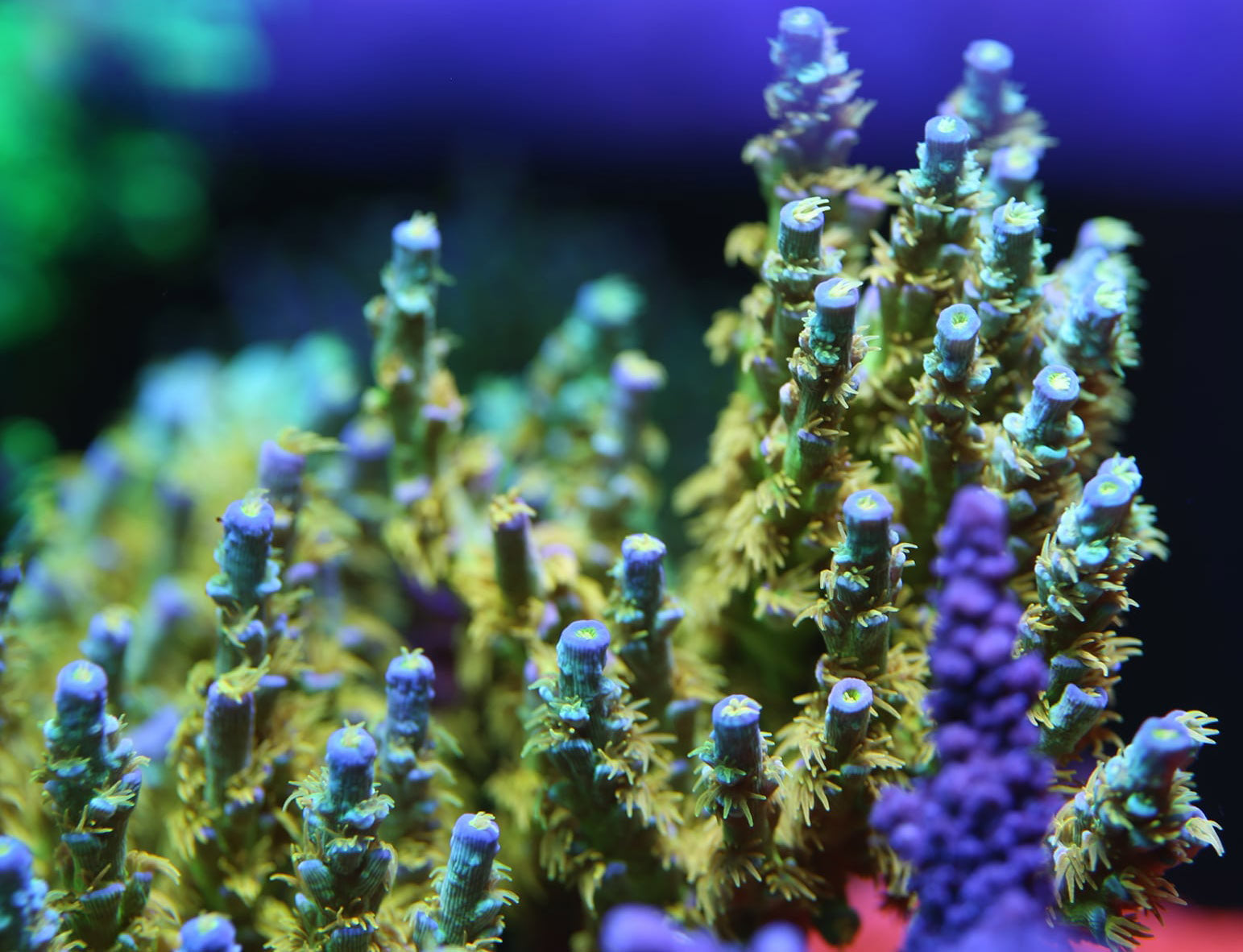



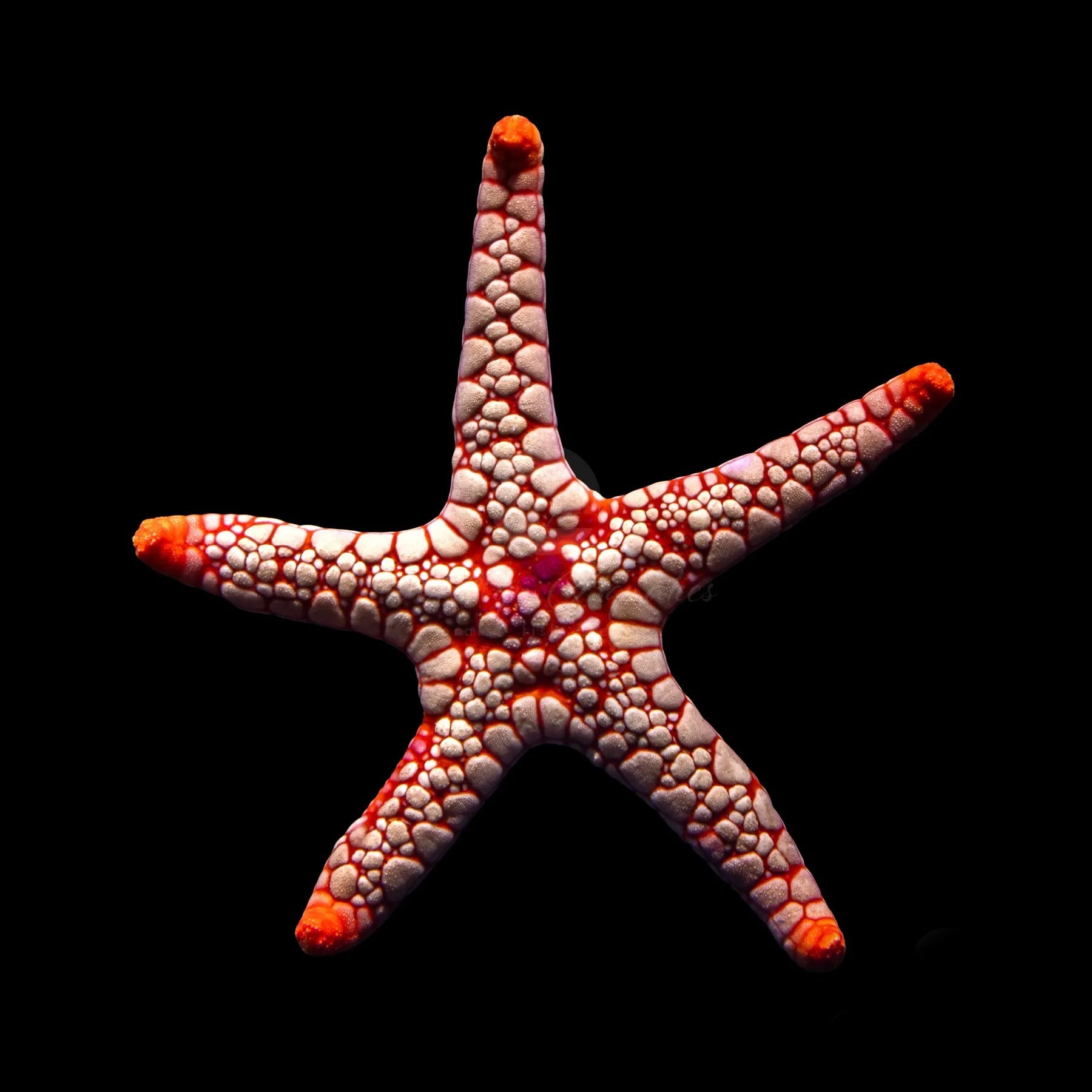
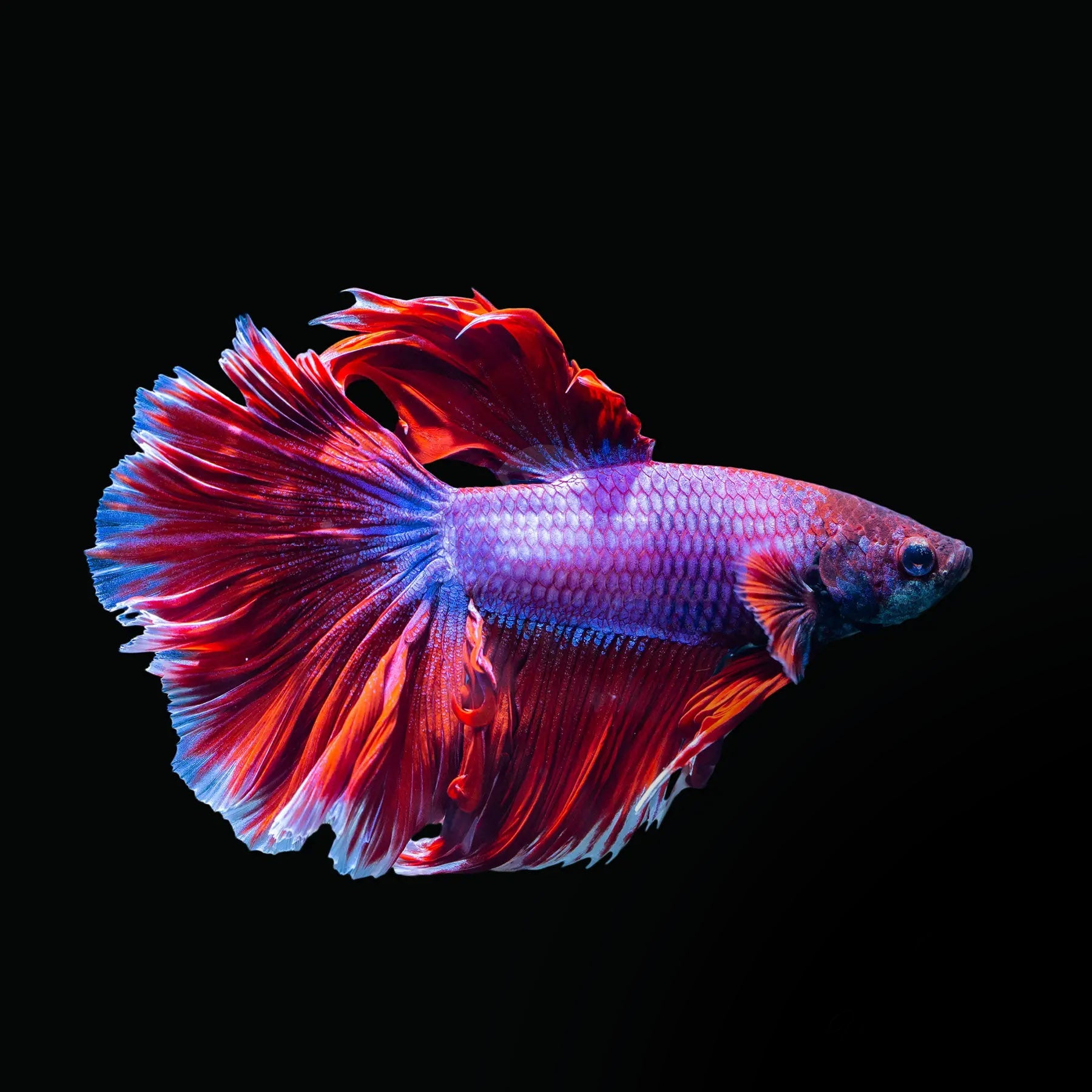
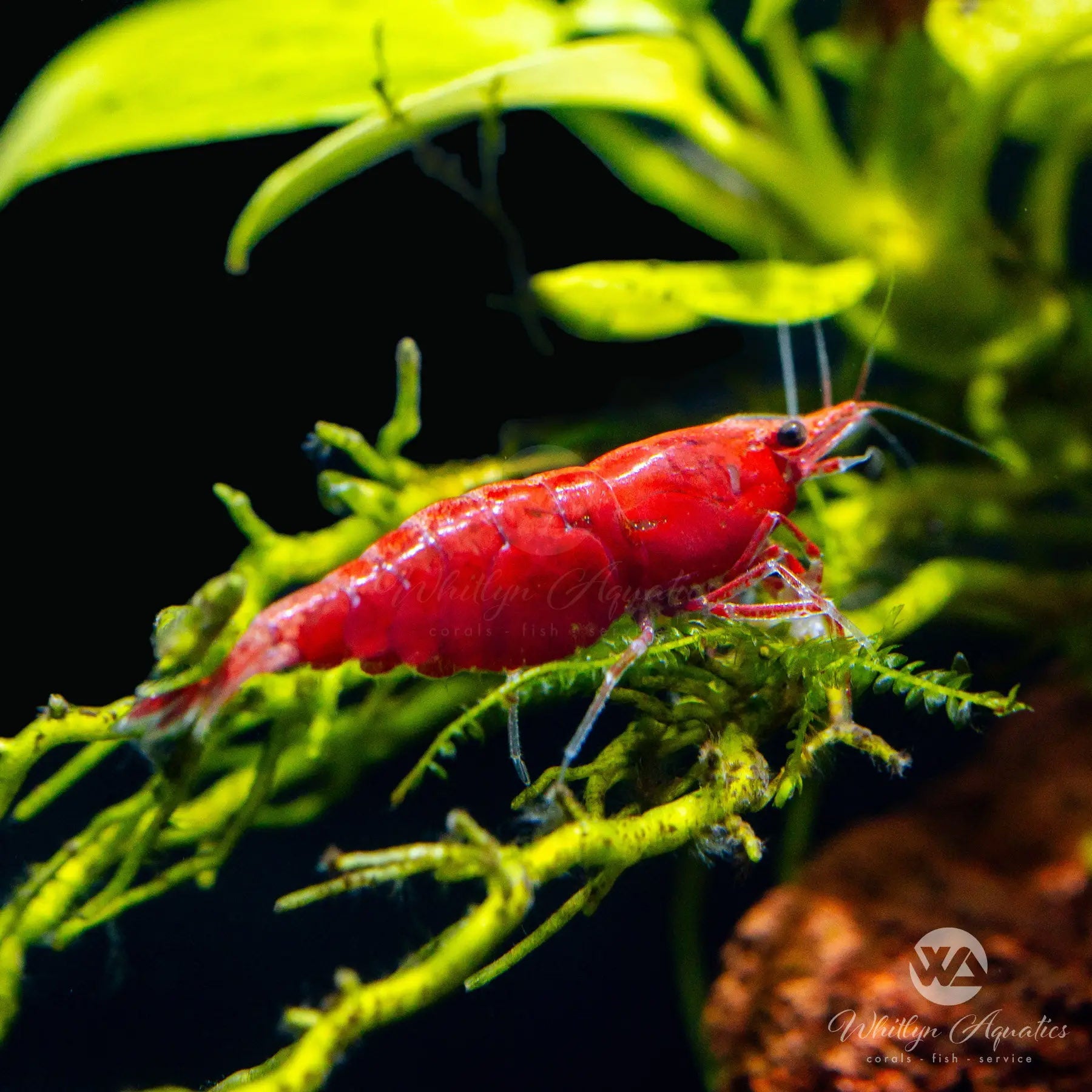
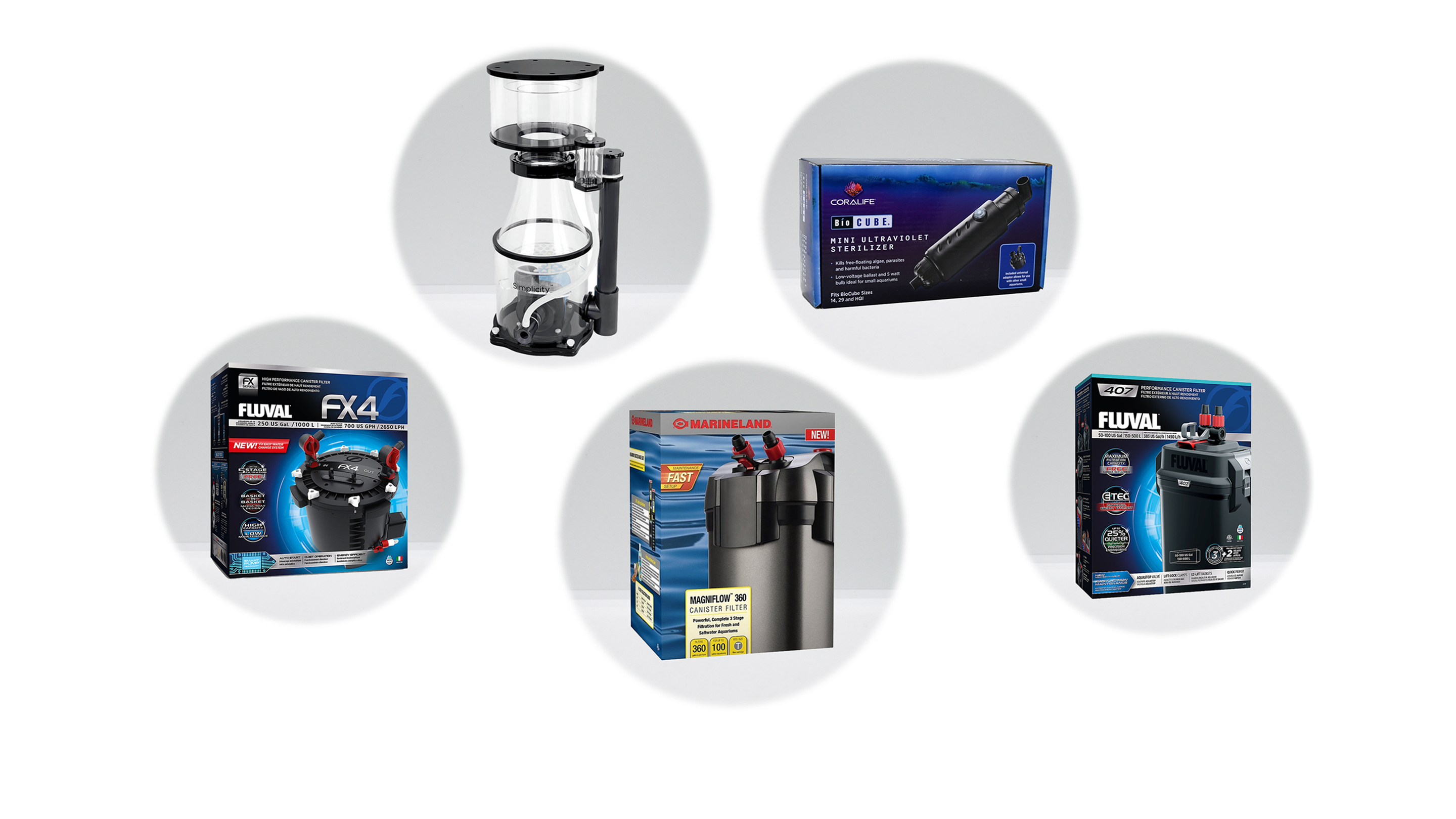

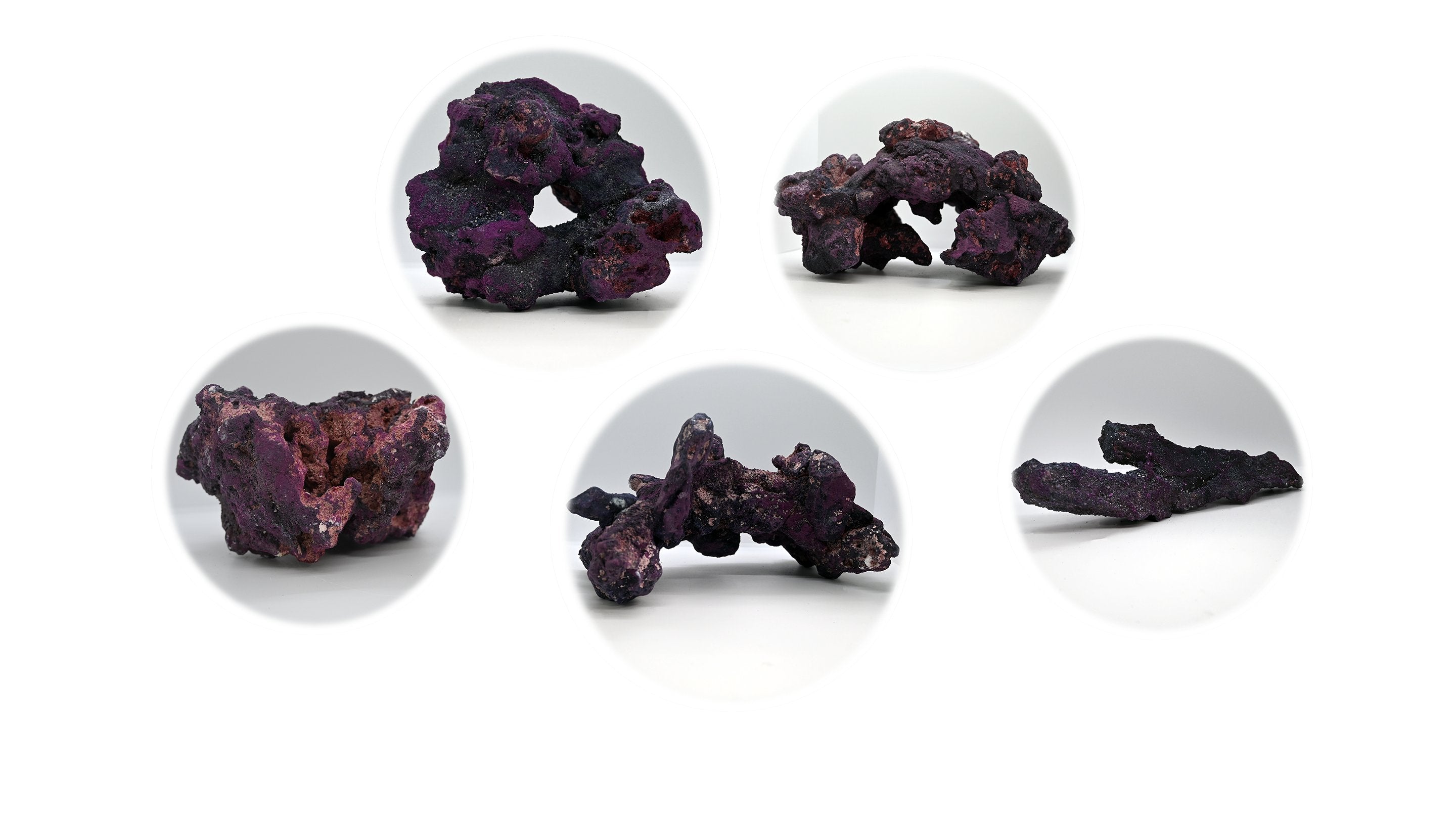
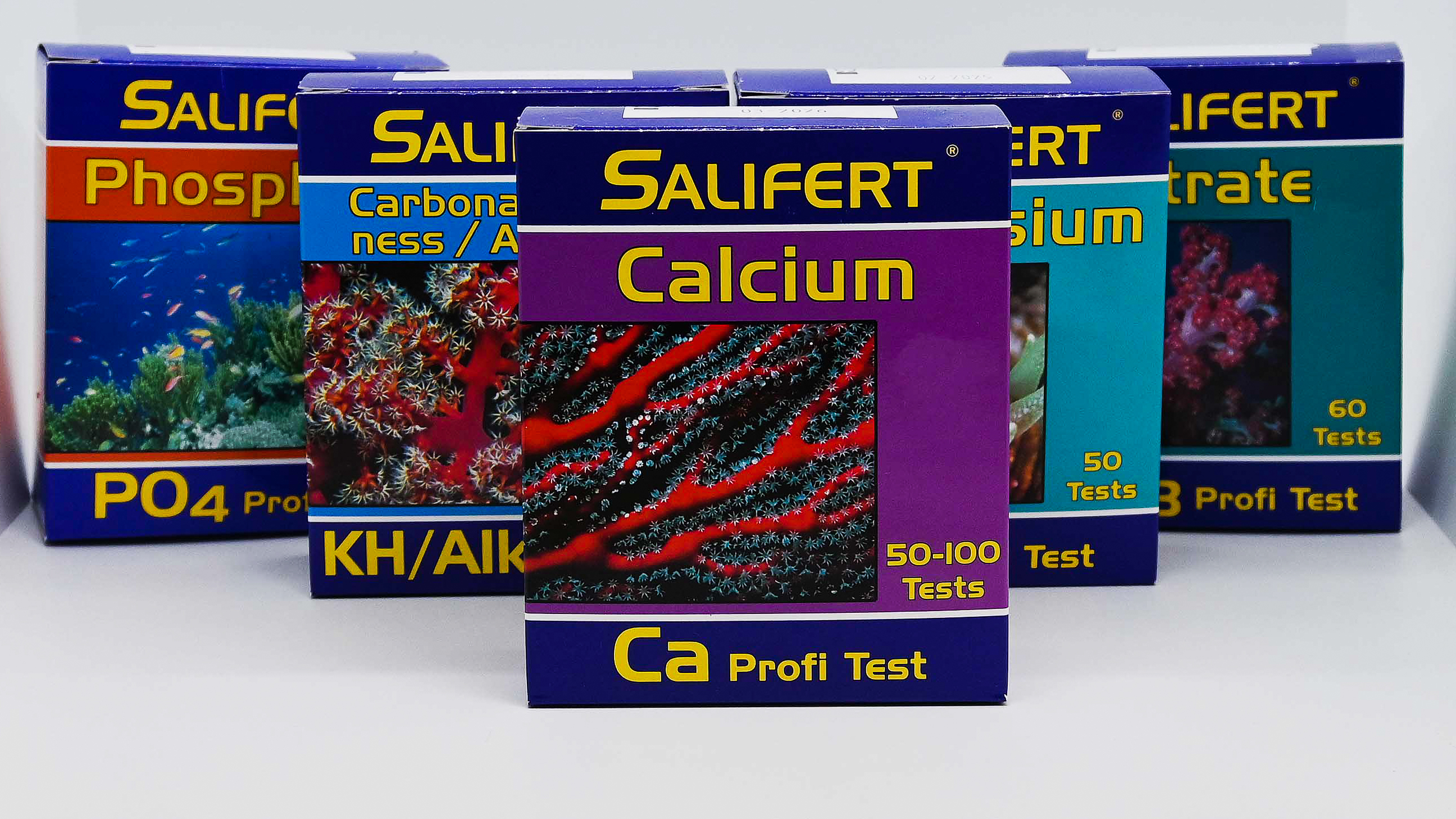
Leave a comment